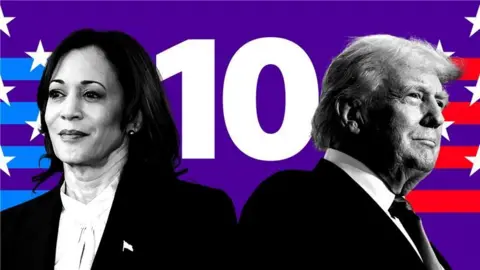 BBC
BBCWith just one day to go, the race for the White House is deadlocked – both at the national level and in the all-important battleground states.
The polls are so close, within the margin of error, that either Donald Trump or Kamala Harris could actually be two or three points better off – enough to win comfortably.
There is a compelling case to make for why each may have the edge when it comes to building a coalition of voters in the right places, and then ensuring they actually turn out.
Let’s start with the history-making possibility that a defeated president might be re-elected for the first time in 130 years.
1. He’s not in power
The economy is the number one issue for voters, and while unemployment is low and the stock market is booming, most Americans say they are struggling with higher prices every day.
Inflation hit levels not seen since the 1970s in the aftermath of the pandemic, giving Trump the chance to ask “Are you better off now than you were four years ago?”
In 2024, voters around the world have several times thrown out the party in power, partly due to the high, post-Covid, cost of living. US voters also seem hungry for change.
Only a quarter of Americans say they are satisfied with the direction the country is going in and two-thirds have a poor economic outlook.
Harris has tried to be the so-called change candidate, but as vice-president has struggled to distance herself from an unpopular Joe Biden.
2. He seems impervious to bad news
Despite the fallout from the 6 January 2021 riot at the US Capitol, a string of indictments and an unprecedented criminal conviction, Trump’s support has remained stable all year at 40% or above.
While Democrats and “Never-Trump” conservatives say he is unfit for office, most Republicans agree when Trump says he’s the victim of a political witch-hunt.
With both sides so dug in, he just needs to win over enough of the small slice of undecided voters without a fixed view of him.
3. His warnings on illegal immigration resonate
Beyond the state of the economy, elections are often decided by an issue with an emotional pull.
Democrats will hope it’s abortion, while Trump is betting it’s immigration.
After encounters at the border hit record levels under Biden, and the influx impacted states far from the border, polls suggest voters trust Trump more on the immigration – and that he’s doing much better with Latinos than in previous elections.
4. A lot more people don’t have a degree than do
Trump’s appeal to voters who feel forgotten and left behind has transformed US politics by turning traditional Democratic constituencies like union workers into Republicans and making the protection of American industry by tariffs almost the norm.
If he drives up turnout in rural and suburban parts of swing states this can offset the loss of moderate, college-educated Republicans.
5. He’s seen as a strong man in an unstable world
Trump’s detractors say he undermines America’s alliances by cosying up to authoritarian leaders.
The former president sees his unpredictability as a strength, however, and points out that no major wars started when he was in the White House.
Many Americans are angry, for different reasons, with the US sending billions to Ukraine and Israel – and think America is weaker under Biden.
A majority of voters, especially men who Trump has courted through podcasts like Joe Rogan’s, see Trump as a stronger leader than Harris.

1. She’s not Trump
Despite Trump’s advantages, he remains a deeply polarising figure.
In 2020, he won a record number of votes for a Republican candidate, but was defeated because seven million more Americans turned out to support Biden.
This time, Harris is playing up the fear factor about a Trump return. She’s called him a “fascist” and a threat to democracy, while vowing to move on from “drama and conflict”.
A Reuters/Ipsos poll in July indicated that four in five Americans felt the country was spiralling out of control. Harris will be hoping voters – especially moderate Republicans and independents – see her as a candidate of stability.
2. She’s also not Biden
Democrats were facing near-certain defeat at the point Biden dropped out of the race. United in their desire to beat Trump, the party quickly rallied around Harris. With impressive speed from a standing start, she delivered a more forward-looking message that excited the base.
While Republicans have tied her to Biden’s more unpopular policies, Harris has rendered some of their Biden-specific attack lines redundant.
The clearest of these is age – polls consistently suggested voters had real concerns about Biden’s fitness for office. Now the race has flipped, and it is Trump who’s vying to become the oldest person to ever win the White House.
3. She’s championed women’s rights
This is the first presidential election since the US Supreme Court overturned Roe v Wade and the constitutional right to an abortion.
Voters concerned about protecting abortion rights overwhelmingly back Harris, and we’ve seen in past elections – notably the 2022 midterms – that the issue can drive turnout and have a real impact on the result.
This time around, 10 states, including the swing state Arizona, will have ballot initiatives asking voters how abortion should be regulated. This could boost turnout in Harris’s favour.
The historic nature of her bid to become the first female president may also strengthen her significant lead among women voters.
4. Her voters are more likely to show up
The groups Harris is polling more strongly with, such as the college-educated and older people, are more likely to vote.
Democrats ultimately perform better with high-turnout groups, while Trump has made gains with relatively low-turnout groups such as young men and those without college degrees.
Trump, for example, holds a huge lead among those who were registered but didn’t vote in 2020, according to a New York Times/Siena poll.
A key question, then, is whether they will show up this time.
5. She’s raised – and spent – more money
It’s no secret that American elections are expensive, and 2024 is on track to be the most expensive ever.
But when it comes to spending power – Harris is on top. She’s raised more since becoming the candidate in July than Trump has in the entire period since January 2023, according to a recent Financial Times analysis, which also noted that her campaign has spent almost twice as much on advertising.
This could play a role in a razor-tight race that will ultimately be decided by voters in swing states currently being bombarded by political ads.


North America correspondent Anthony Zurcher makes sense of the race for the White House in his twice weekly US Election Unspun newsletter. Readers in the UK can sign up here. Those outside the UK can sign up here.
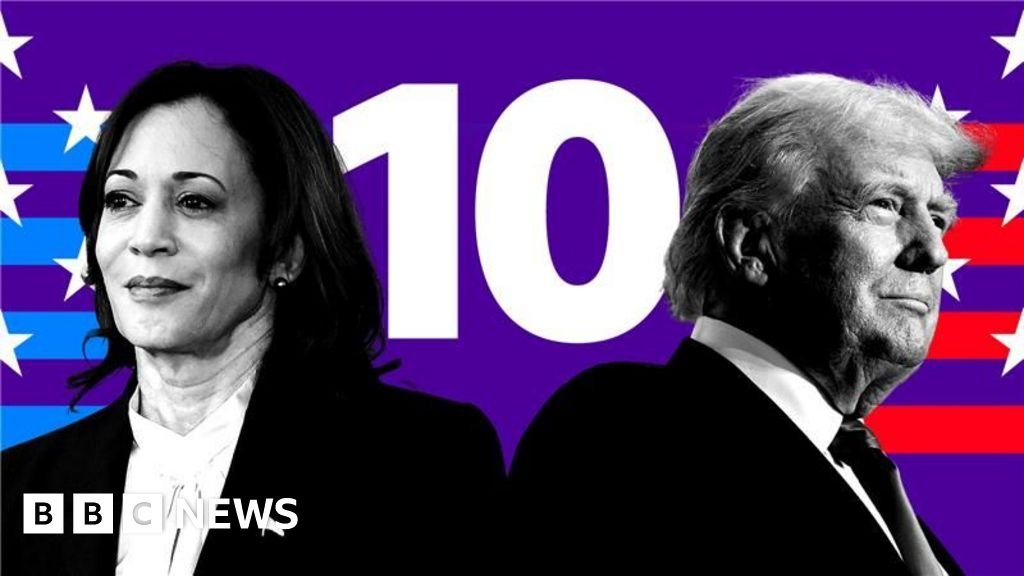

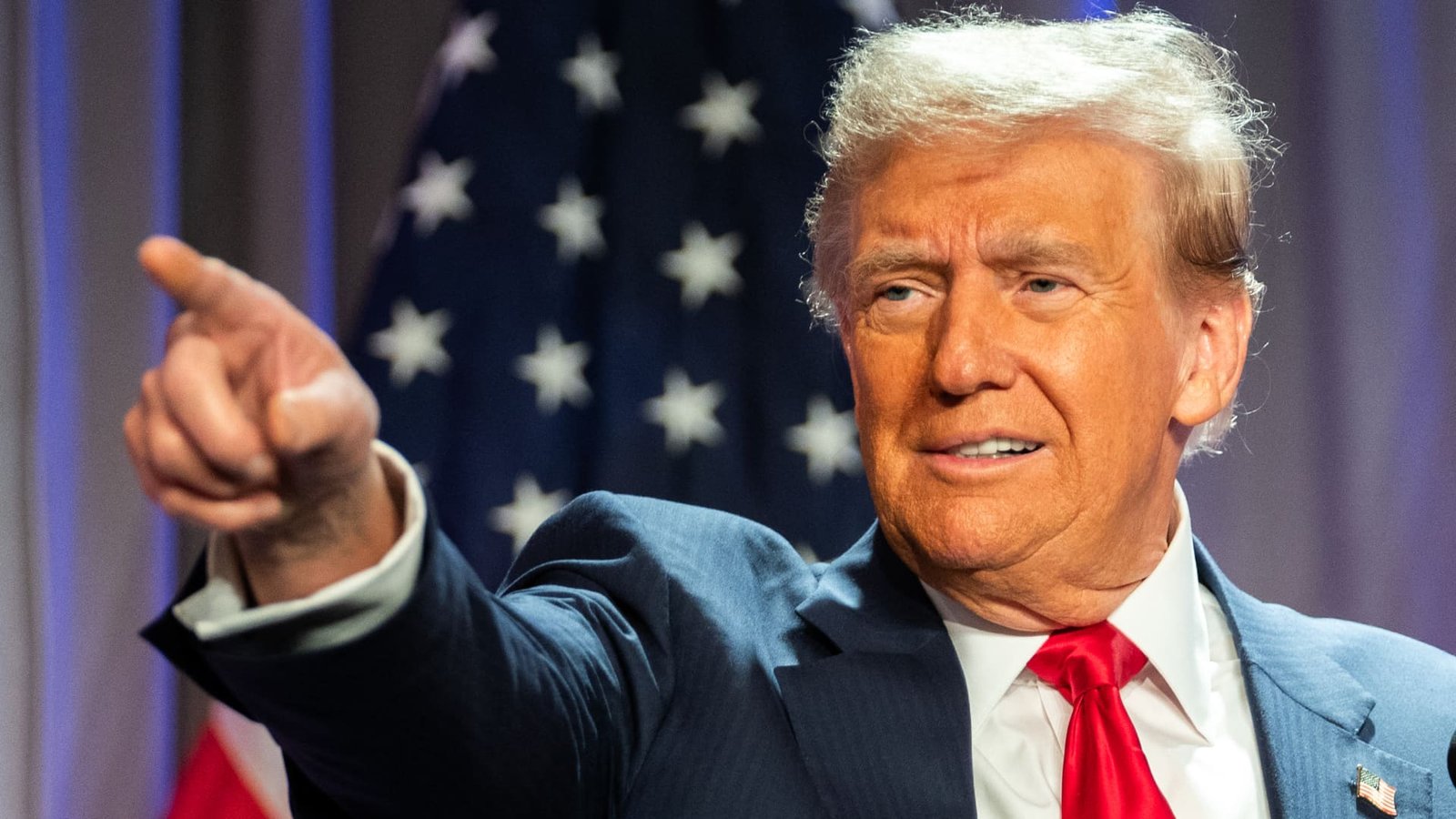


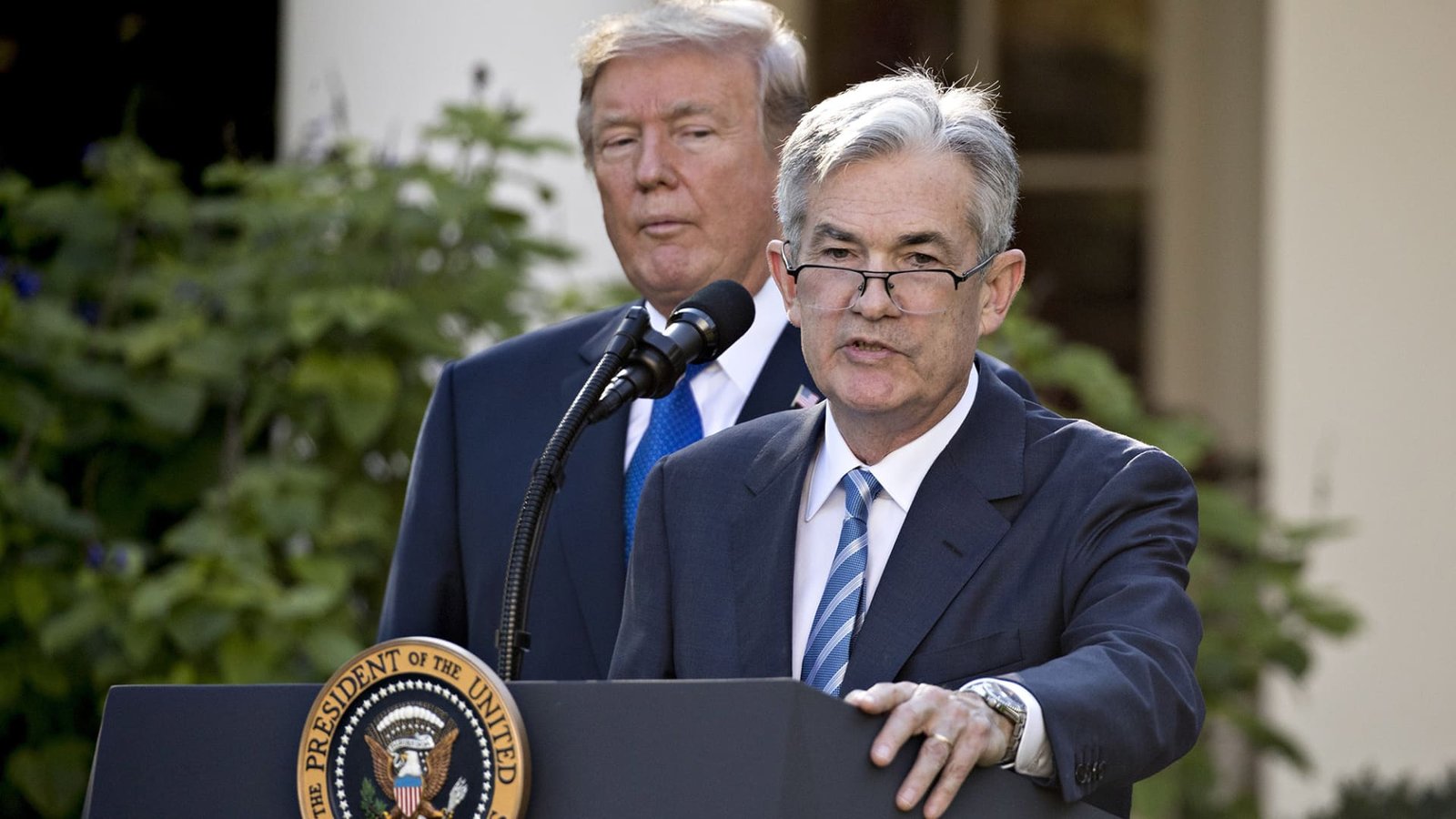


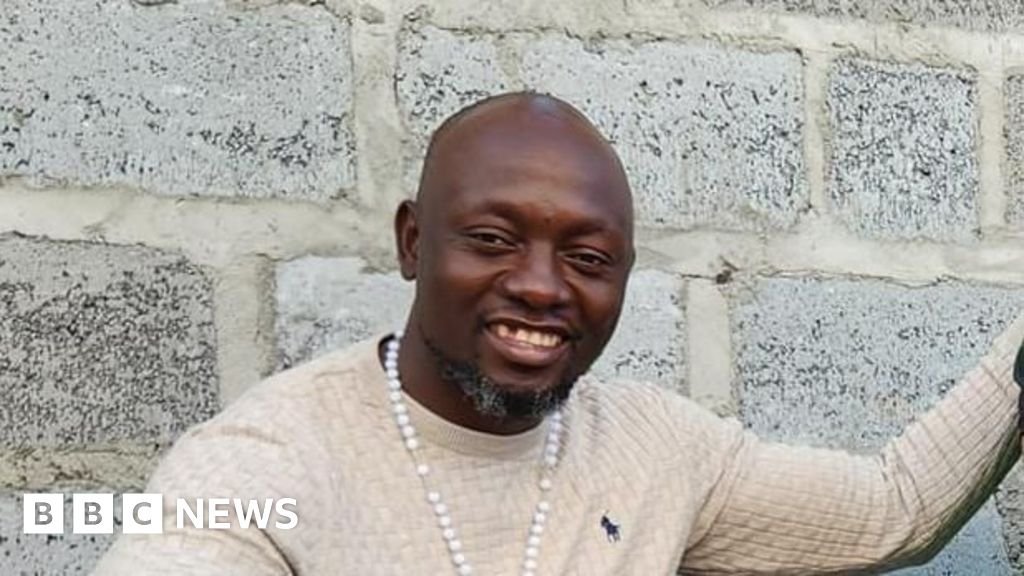





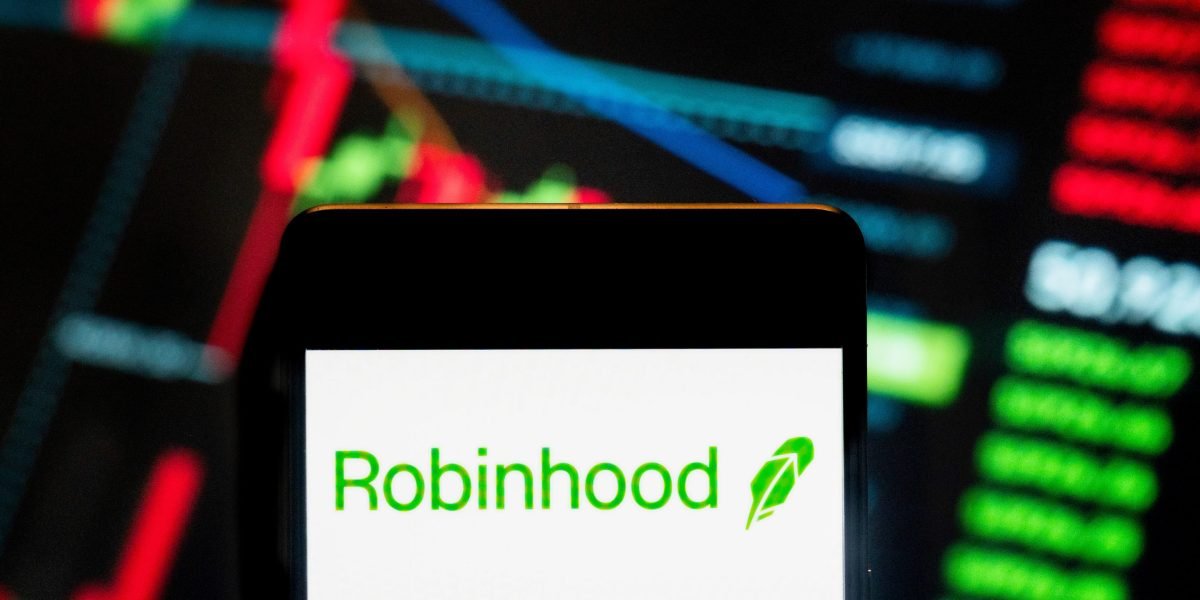
Leave a Reply